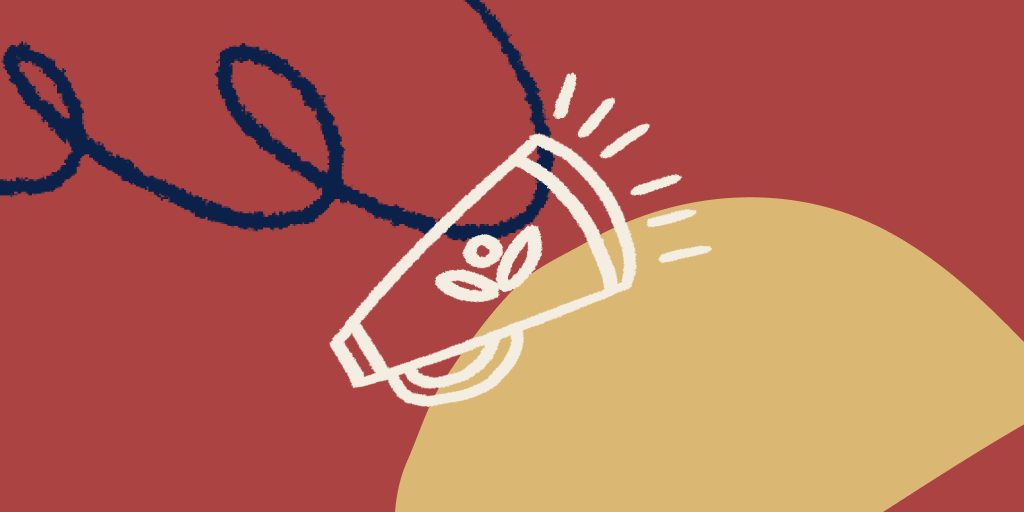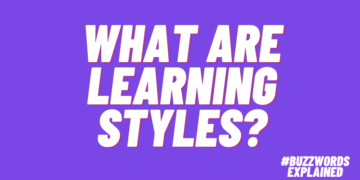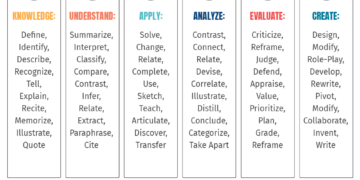
Jake Kelly has taught visual and media arts at Brophy College Preparatory in Phoenix, Arizona since 2016. He teaches Journalism, Digital Photography, AP Studio Art, and Digital Media Production while moderating student clubs for art, journalism, photography and video. Jake holds a Master of Arts in Curriculum and Instruction from Grand Canyon University. Jake is a co-creator of the Mindful AI for Education newsletter.
Gratitude and Optimism: A Reflection on Khan Academy’s Approach to AI for Educators
Jonathan Haidt, the author of The Anxious Generation, made waves with his book when he released it last year and started a nationwide conversation about what phones and social media are doing to young people and their mental health. In a recent podcast conversation, now that he’s been off the book circuit for a minute, he made a quick, glancing reference to Khan Academy—and in particular, their AI tool, Khanmigo. He was distinguishing between the use of certain tools by children in school and said, “Khan Academy uses AI very well. And if we could have a device that just did Khan Academy and nothing else, I could see that having a positive impact on education.”
“Khan Academy uses AI very well. And if we could have a device that just did Khan Academy and nothing else, I could see that having a positive impact on education.”
Jonathan Haidt, as heard on the Ezra Klein Show
I use AI tools often in my teaching practice, both for my own purposes and as part of lessons. I listened to that conversation with Haidt, and a few days later, our school—Brophy College Preparatory—was lucky enough to host a visit from Khan Academy’s Chief Learning Officer, Dr. Kristen DiCerbo.
Given all that context, I was excited to unpack how Khan Academy was adapting to the surge of AI in classrooms.
In her presentation, Dr. DiCerbo spent time discussing how the tech has evolved and continues to evolve. She addressed common concerns about the role of teachers in a world of AI tutors and dove into some of the practical and technical specifics of how Khanmigo, their AI tutor, operates. Somewhere between her discussion of prompt chaining, evidence-based frameworks, and ethical standards, I found myself genuinely grateful that Khan Academy exists.
For those that haven’t played around with Khanmigo, I seriously recommend trying it to see how it’s different from the unspecialized models, like ChatGPT.
There’s a lot of work to be done on most AI tools—including Khanmigo—to make them as powerful as they could one day be. A lot of them continue to hallucinate facts and make up numbers on the fly. It’s probably too early to have more than one or two universally recognized, unassailably good use cases for AI in education. That said, as someone who has used every AI resource I can get my hands on—and deployed many of them in my own classroom—I’ve come to appreciate the depth of thought employed by Khan Academy’s developers, policy makers, and educators. To my eyes, they’ve created a system of tools that does something individual teachers and schools often can’t do alone: navigate an incredibly complex and rapidly evolving ethical landscape of powerful educational resources.
Taken in parts, AI is an impressive educational resource. Dr. DiCerbo argued that AI should be a supportive tool for education, and it’s hard to imagine there’s not a place for the capabilities Khanmigo can make widely available. If a student wants the ability to understand a resource in their most comfortable language and AI can provide that, I believe we ought to give them that tool. In my own classroom, I’ve heard students diagnosed with ADHD describe how AI tools have helped them prioritize their focus and redirect themselves back to important tasks. If Khanmigo can help them do that, I want them to use it for that purpose.
I also appreciated that Khan Academy seems to be attempting to bridge the gap between traditional teaching methods and AI-powered ones—especially given the incredible speed of change we’ve seen from AI companies. I know a lot of teachers would prefer to live in a world where parts of their job—creating question banks, developing Blookets, simplifying instructions—are just easier. Unspecialized AI tools can do those things, but teachers don’t always have the desire, time, or resources to learn what the newest models are capable of or how to manipulate them. Khanmigo might help ease that transition, which is a good thing for those of us who believe there’s no going back to a world without AI tools in classrooms.
Finally, it’s clear that AI exists in a tricky ethical landscape. Falling somewhere on the EdTech attentional spectrum between word processors and social media, AI is clearly capturing students’ imaginations—and not always in the high-minded, academic, “everyone has a tutor in their pocket” kind of way. I appreciated that Dr. DiCerbo addressed how Khan Academy is using two frameworks (one from NIST and one from the Institute for Ethical AI in Education) to guide their thinking about the ethics and risks of AI in education. I sometimes feel hamstrung by AI tools that lack educationally grounded ethical frameworks to account for student privacy or fundamental learning qualities like “grit,” so it’s refreshing to see Khan Academy serving as a model for companies trying to create tools for teachers.
It’s refreshing—and necessary—to see a platform like Khan Academy not only embrace AI but do so with care, ethics, and clarity of purpose. Dr. DiCerbo’s presentation left me with a sense of cautious optimism: not that the hard questions have been answered, but that the right people are trying to ask them. In the classroom, we need tools that can scale without diminishing teacher-student relationships. We need scaffolds, not shortcuts. Khan Academy seems to understand that.
I’m grateful for Khan Academy’s work. After Dr. DiCerbo’s visit to our school, I continue to believe that AI can help good educators do their work more creatively, more efficiently—and do so ethically. I also feel more strongly than ever that when tools are built by teams who are listening to researchers, teachers, ethicists—and, most importantly, students—those tools don’t replace the teacher-student relationship; they help preserve it in new forms.
Learn about Khan Academy Districts
Khan Academy’s trusted content and practice drives greater impact at scale when supported by district-wide data, training, and implementation support.




















